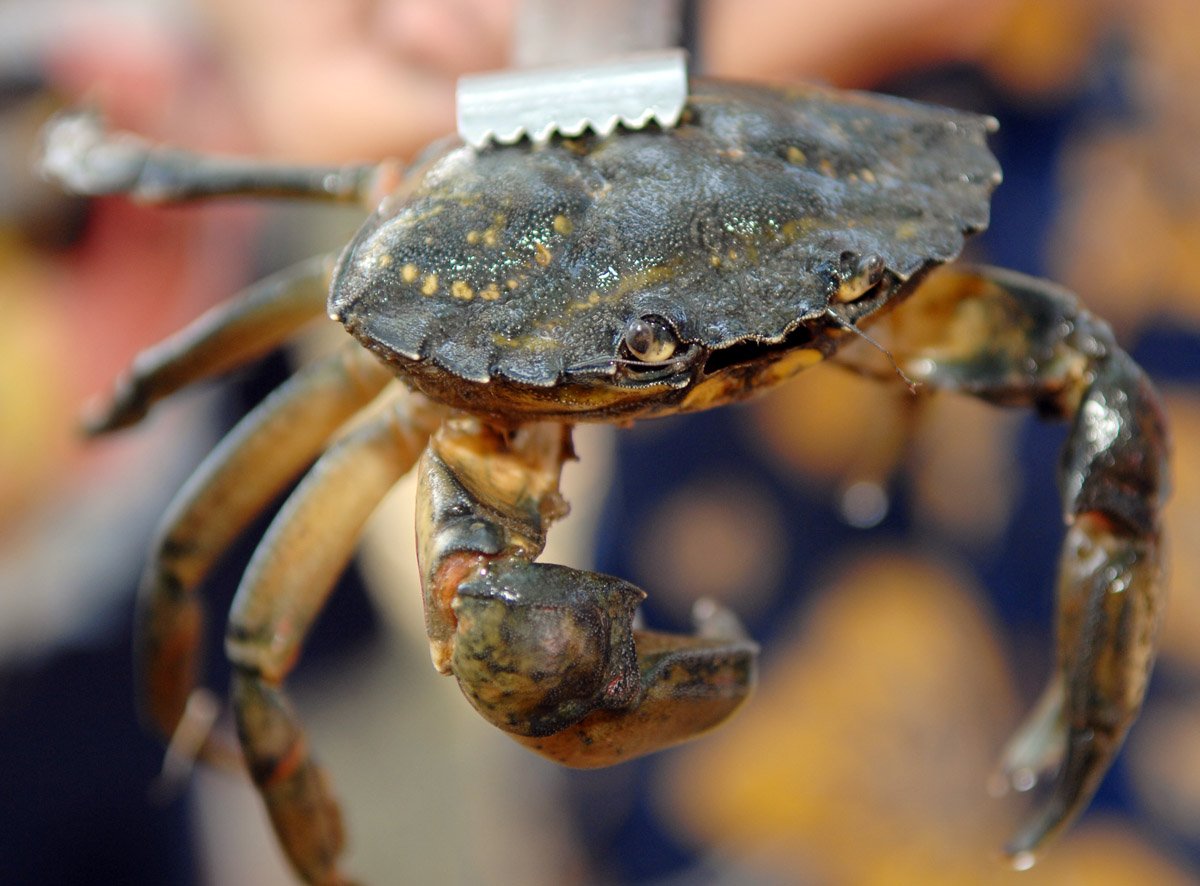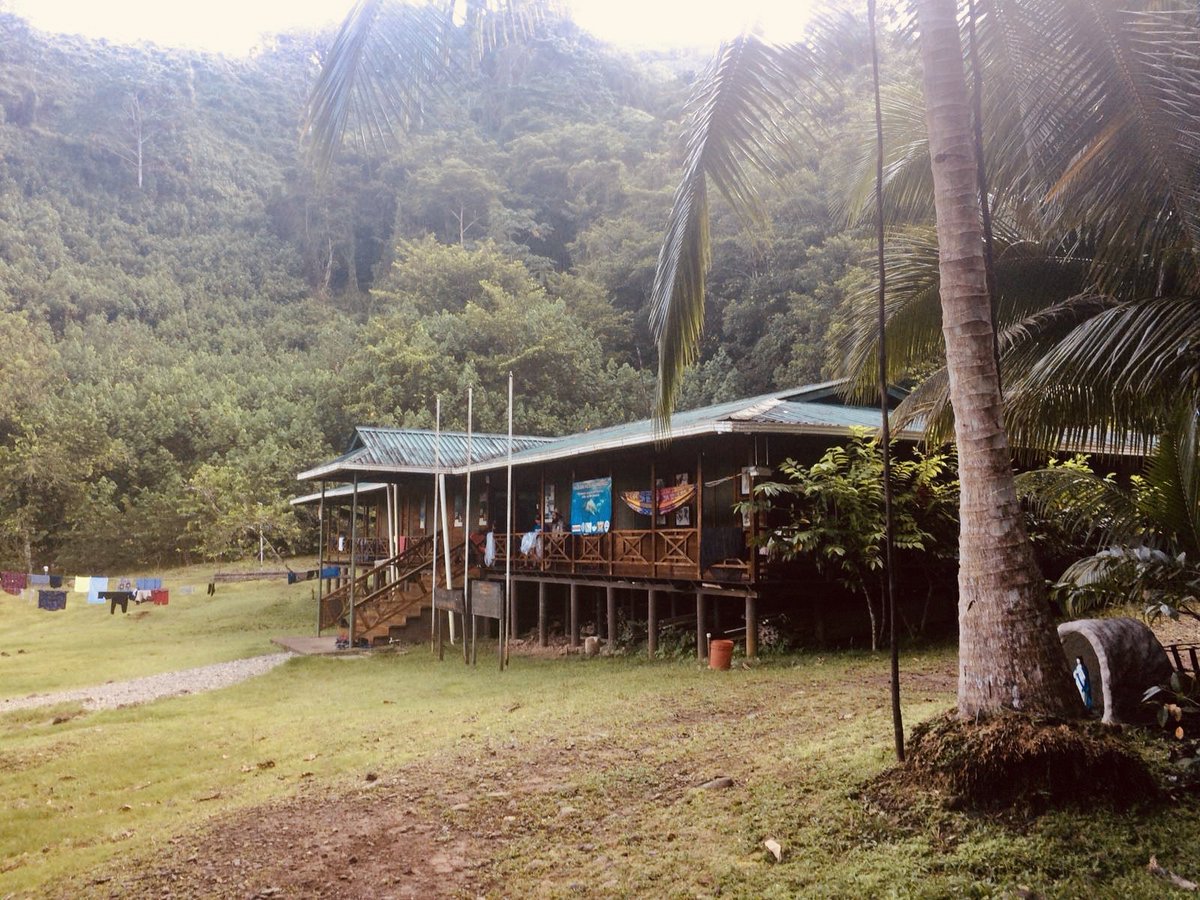
The official twitter of @SmithsonianEnv's Marine Invasions Research Lab.
The collective voice of 40+ scientists.
Our terms of use: https://t.co/msKd7p8PdK
How to get URL link on X (Twitter) App



 We then take them back to the labs at @SmithsonianEnv and #SERCWest @EOS_Center and process the panels with a coarse identification of the invertebrates that settle on them and take vouchers and samples for DNA analysis.
We then take them back to the labs at @SmithsonianEnv and #SERCWest @EOS_Center and process the panels with a coarse identification of the invertebrates that settle on them and take vouchers and samples for DNA analysis.



 This gorgeous green nudibranchs was photographed by Chela Zabin in the Phillipines. #SeaSlugSquad
This gorgeous green nudibranchs was photographed by Chela Zabin in the Phillipines. #SeaSlugSquad 






 Use the sheet to do a hunt! Do you think you can match all the names to the pictures? 🔎🐚
Use the sheet to do a hunt! Do you think you can match all the names to the pictures? 🔎🐚

https://twitter.com/SmithsonianEnv/status/1253353099810537472Here we go! @BillWeirCNN is hosting Thad Allen of @USCG , @LibbySchaaf the Mayor of Oakland, Emily Pidgeon of @ConservationOrg, our own Greg Ruiz, Phil Ryan of Swiss Re Americas, and Tuck Hines of @SmithsonianEnv !

https://twitter.com/InvertEmpire/status/1242529941562044416






 Getting to the Gyre isn't easy, so we're grateful we could rely on the #VortexSwim crew, who collected the samples while following @BenLecomteSwim's epic swim from Hawaii to San Francisco—all to raise awareness about plastic pollution. (📸@ahaigh126)
Getting to the Gyre isn't easy, so we're grateful we could rely on the #VortexSwim crew, who collected the samples while following @BenLecomteSwim's epic swim from Hawaii to San Francisco—all to raise awareness about plastic pollution. (📸@ahaigh126) 


 #InvasiveSpecies are considered one of the most dangerous threats to marine ecosystems worldwide, second only to habitat loss. Since the 1900s, scientists have documented a 20% decline in native species due to their impacts! #FridayFact ow.ly/IyuG50u6qdv (2/4)
#InvasiveSpecies are considered one of the most dangerous threats to marine ecosystems worldwide, second only to habitat loss. Since the 1900s, scientists have documented a 20% decline in native species due to their impacts! #FridayFact ow.ly/IyuG50u6qdv (2/4) 

 But in Spain, blue crabs are a problematic #invasivespecies. First observed in 2012, the crabs have spread throughout wetlands, estuaries and rivers. They're causing severe negative impacts to fishermen because the crabs cut through nets.
But in Spain, blue crabs are a problematic #invasivespecies. First observed in 2012, the crabs have spread throughout wetlands, estuaries and rivers. They're causing severe negative impacts to fishermen because the crabs cut through nets. 

 The parasite, which is technically a barnacle, takes over a crab and turns it into a #ZombieCrab. Loxo infects and assumes control over a host crab, controlling major functions such as molting and reproduction as well as compromising the crab’s immune system. (2/6)
The parasite, which is technically a barnacle, takes over a crab and turns it into a #ZombieCrab. Loxo infects and assumes control over a host crab, controlling major functions such as molting and reproduction as well as compromising the crab’s immune system. (2/6) 

 One species, Watersipora subtorquata complex, is wide spread as an #InvasiveSpecies across the globe. However, we have a poor understanding of its native region since it has been so often confused with several other species! #InvasiveSpeciesWeek #NISAW (2/6)
One species, Watersipora subtorquata complex, is wide spread as an #InvasiveSpecies across the globe. However, we have a poor understanding of its native region since it has been so often confused with several other species! #InvasiveSpeciesWeek #NISAW (2/6) 

 The Northern Pacific sea star (Asterias amurensis) was named one of the world’s 100 worst #InvasiveSpecies. These stars will eat almost anything causing huge economic consequences – the Tasmanian fishing industry alone has suffered an estimated billion dollar loss! #NISAW (2/5)
The Northern Pacific sea star (Asterias amurensis) was named one of the world’s 100 worst #InvasiveSpecies. These stars will eat almost anything causing huge economic consequences – the Tasmanian fishing industry alone has suffered an estimated billion dollar loss! #NISAW (2/5) 

 This #invasive tunicate is originally native to Japan with introduced populations first reported on the West Coast of North America in 1985. #InvasiveSpeciesWeek #NISAW (2/4)
This #invasive tunicate is originally native to Japan with introduced populations first reported on the West Coast of North America in 1985. #InvasiveSpeciesWeek #NISAW (2/4) 

 Efforts have been made to preserve the natural ecosystem on and around Cocos. The only permanent residents are park rangers. All visitors (a few tourists and scientists) require permission to visit. No camping, agriculture, fishing, or businesses are allowed on the island.
Efforts have been made to preserve the natural ecosystem on and around Cocos. The only permanent residents are park rangers. All visitors (a few tourists and scientists) require permission to visit. No camping, agriculture, fishing, or businesses are allowed on the island. 

 Did you guess #JurassicPark!? Michael Crichton's novel (and the subsequent movies) take place on the fictitious "Isla Nublar" of Costa Rica, which is modeled after Cocos Island! #TheMoreYouKnow
Did you guess #JurassicPark!? Michael Crichton's novel (and the subsequent movies) take place on the fictitious "Isla Nublar" of Costa Rica, which is modeled after Cocos Island! #TheMoreYouKnow 
